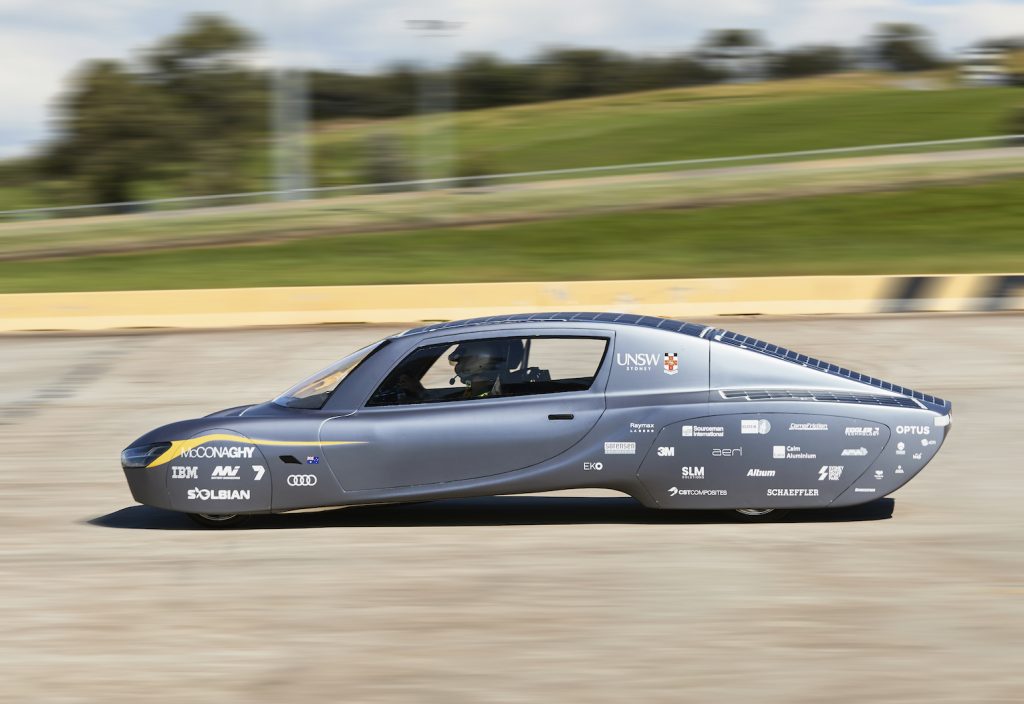From a robot arm that can help rehabilitate stroke patients to concrete made from coffee cups, some incredible engineering inventions have hit the headlines this month.
Rehabilitation robot
In 2016, a team of mechanical and mechatronics engineering experts realised that existing exoskeleton systems only enabled patients recovering from a stroke to practice a very limited range of movements. In other instances, the systems were too complex to use.
The group of mechanical and mechatronics engineers from the University of Melbourne, experts at the Royal Melbourne Hospital and exoskeleton and rehabilitation robotics manufacturer Fourier Intelligence, set out to improve the rehabilitation experience for these patients.
The team has now developed a cutting-edge 3D robotic rehabilitation device called ArmMotus EMU, which can assist with a variety of movements for the upper limb, from the start of rehabilitation all the way through to full recovery.
The ArmMotus EMU has already won two international awards, the German iF Design Award and the 2022 Red Dot Award, and will soon undergo a new trial at Sydney’s St Vincent Hospital.
Watch how the arm works here.
Is this the fastest solar car yet?
A new high-performance solar-powered car — weighing just 500kg (that’s one quarter of a Tesla) — is in the running for a Guinness World Record.
Sunswift 7 will hit the tracks at the Australian Automotive Research Centre in Victoria this December with the hope of taking home the record for the fastest solar electric car over 1000 km. To achieve this feat, the car will need to reach an average speed of over 120km/h for the entire distance.
Incredibly, Sunswift 7 was designed and built by engineering students at the University of New South Wales.
Professor of Practice Richard Hopkins, Sunswift team principal, said the criteria for the students was simply to “build a car that has solar power and a battery”.
“Sunswift 7 is the manifestation of their collective minds, who on day one probably had very little idea what they were doing. And now to produce this amazing car is just insane… These are not the best paid professional car makers in Stuttgart working for Mercedes. This is a bunch of very smart amateurs who have taken all the ingredients and put it together in a brilliant way.”
Could a new coffee blend create concrete?
Australians love their coffee, but this comes at a cost.
According to Sustainability Victoria, Australians consume approximately 27 million cups of coffee per day, and most of the used cups end up sitting in landfill.
Dr Yanni Bouras recently told the ABC that he was sipping on a coffee one day with some colleagues at Victoria University when the idea dawned on him: what if he could take disposable coffee cups, ground them up and use the material in the construction of footpaths?
The idea proved possible, with the coffee cups replacing 10 per cent of the sand that is typically used when making concrete.
Since the material has been found to retain more heat than standard concrete, it’s been posited that it could be used for insulation too.
Shark skin to drive down emissions
Nature always has something to teach us. In this case, it’s a lesson from one of nature’s deadliest: sharks.
The slippery nature of sharkskin significantly reduces drag and conserves energy resources.
MicroTau, a Sydney-based technology manufacturing company, has cottoned onto this fact, and has created a biomimetic drag-reducing texture that can be used on commercial aircrafts and ships.
The inventors have used a 3D printing technique to produce a film coating that mimics the properties of plants and animal skin. They estimate it could reduce energy expenditure by 10 per cent, save commercial shipping and aviation nearly $50 billion in fuel and 225 million tonnes of carbon dioxide emissions annually.
Nature really can guide the way to a better and more sustainable future.
